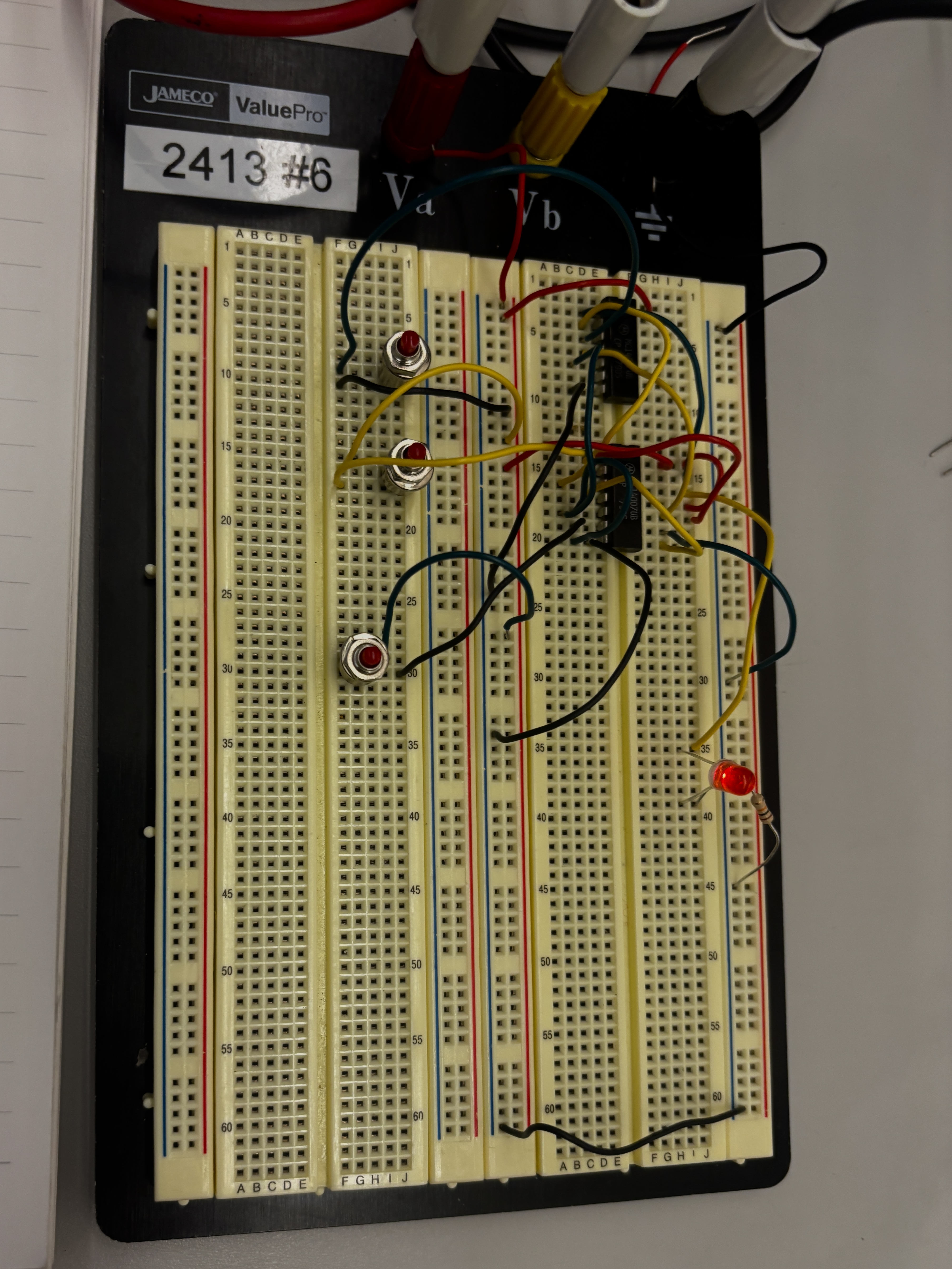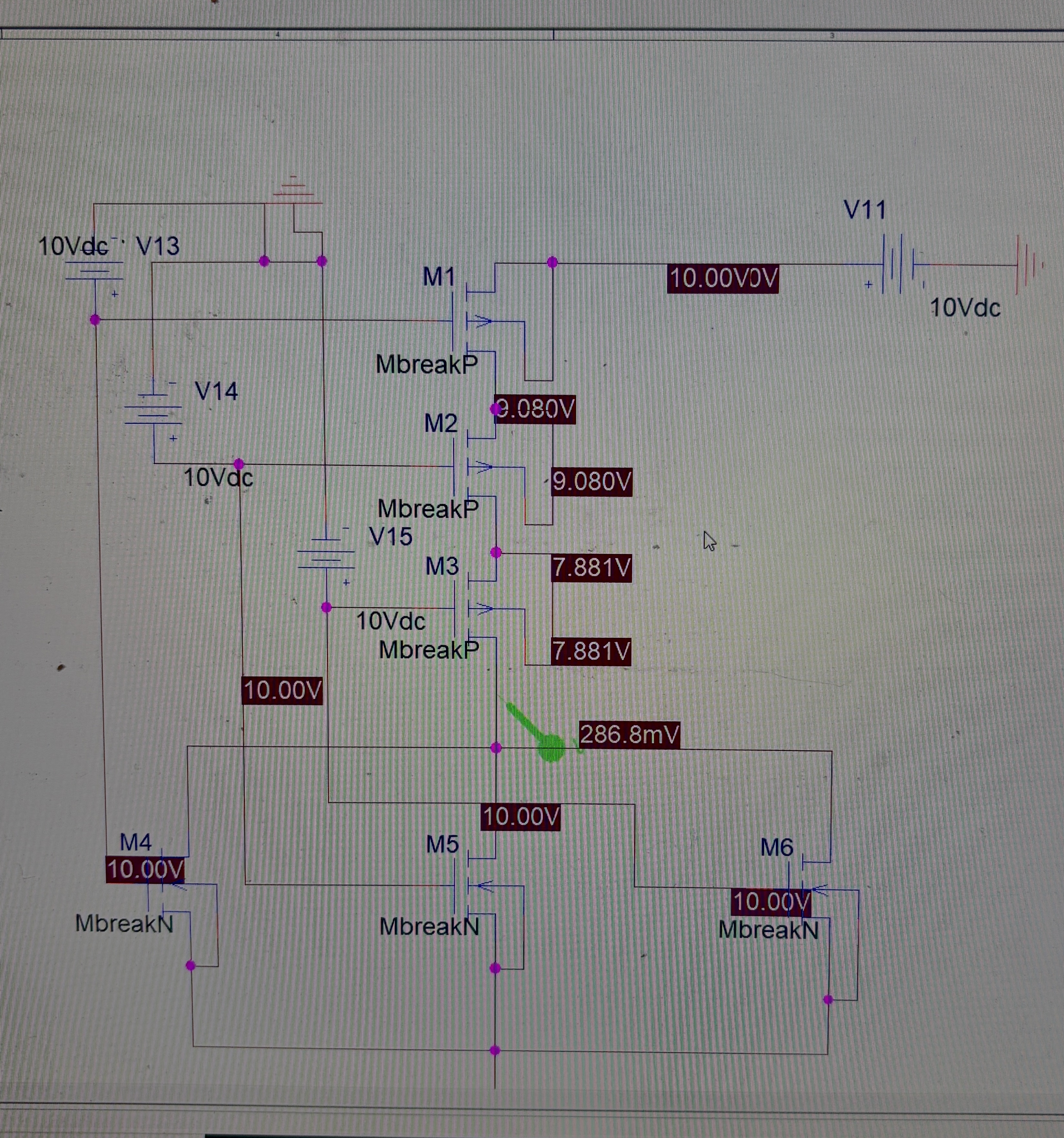02. Featured Projects
Smart Walker: Intelligent Mobility & Health Monitoring
A sensor-integrated mobility aid combining embedded sensing, obstacle detection, fall prevention, and real-time biometric tracking. Built with Arduino Nano 33 BLE, LiDAR, force and heart-rate sensors, and motorized wheel control for enhanced user safety and independence.

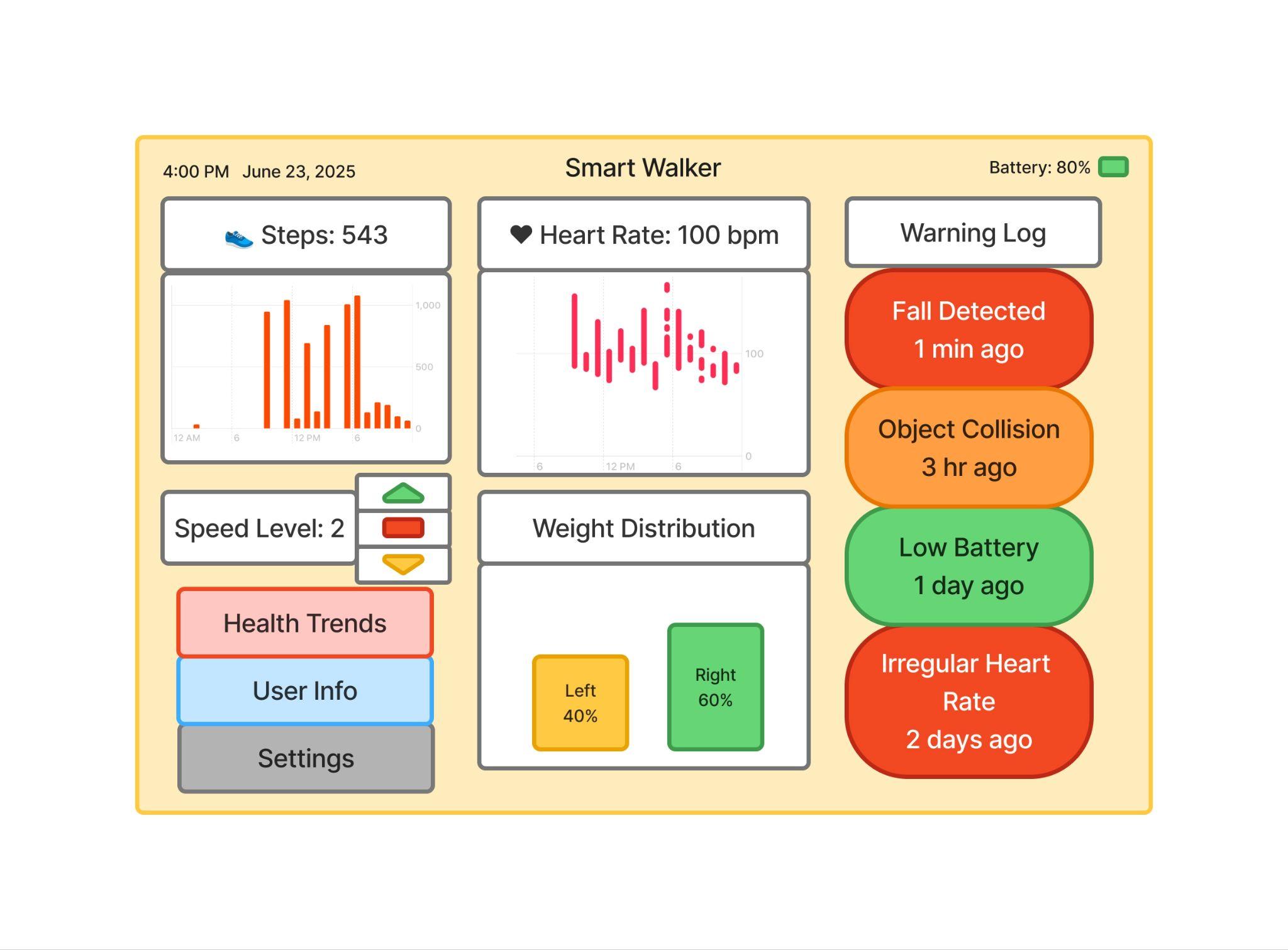

RISC-V Processor Design & Implementation
A fully functioning 16-bit RISC-V–style processor built entirely in SystemVerilog. Capable of executing branch instructions, signed arithmetic, and demonstrating complete instruction flow from fetch to write-back on FPGA hardware.
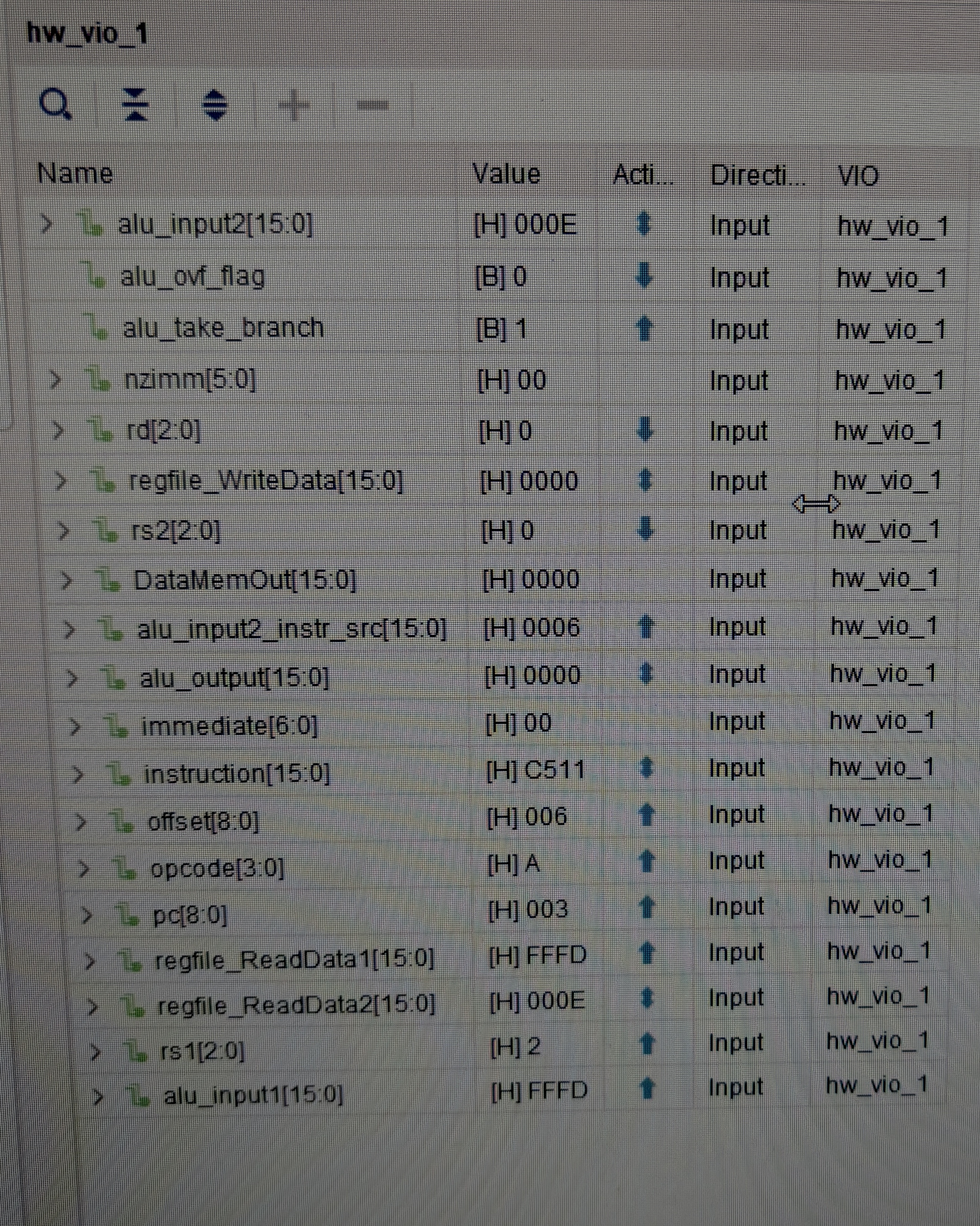
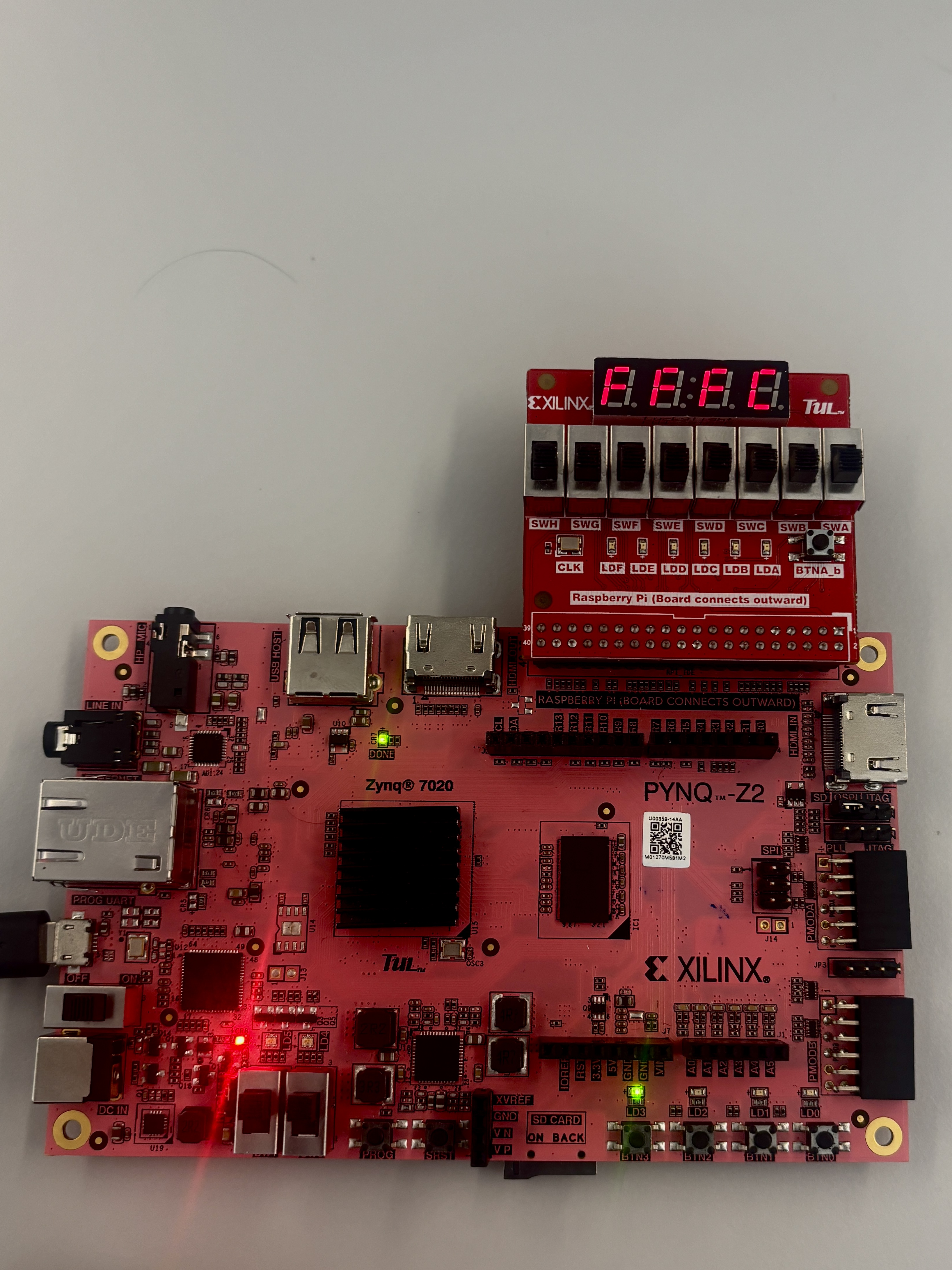
A sub-$75 assistive device that empowers visually impaired users to detect and identify obstacles in real time. Combines Raspberry Pi 4 running YOLOv3 deep-learning object detection with Arduino-based ultrasonic proximity sensing, providing spoken object identification and distance-based beeping alerts to give users independence and mobility confidence.



PWM-Controlled Robotic Arm with DE1-SoC
A digital circuit system for PWM control of a 5-servo robotic arm using the DE1-SoC board. Features real-time manual control through push buttons and switches, with live angular feedback displayed on HEX outputs.


Tilt-Sensing System on DE1-SoC Board
A real-time orientation tracking system that bridges FPGA hardware and embedded software to read accelerometer data and instantly display tilt angles. Demonstrates how low-level hardware interfaces can create responsive sensing systems for robotics and motion control applications.


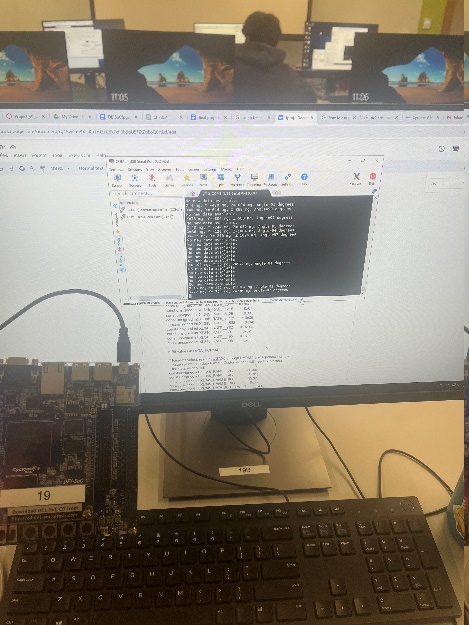
Biomedical Signal Processing & ECG System
A complete ECG acquisition and analysis system spanning analog circuit design to digital signal processing. Features instrumentation amplifiers, analog filters, and MATLAB-based automated heart-rate detection.



Store Item Demand Forecasting
A machine learning system for retail demand forecasting using five years of historical sales data. Compared Linear Regression, Random Forest, and XGBoost to optimize inventory management and reduce costs.



MOSFET and CMOS Logic Design
Exploring the transistors that power modern computing—from understanding how MOSFETs switch billions of times per second to building ultra-low-power CMOS logic gates. This project demonstrates the fundamental building blocks behind every processor, memory chip, and digital device.
